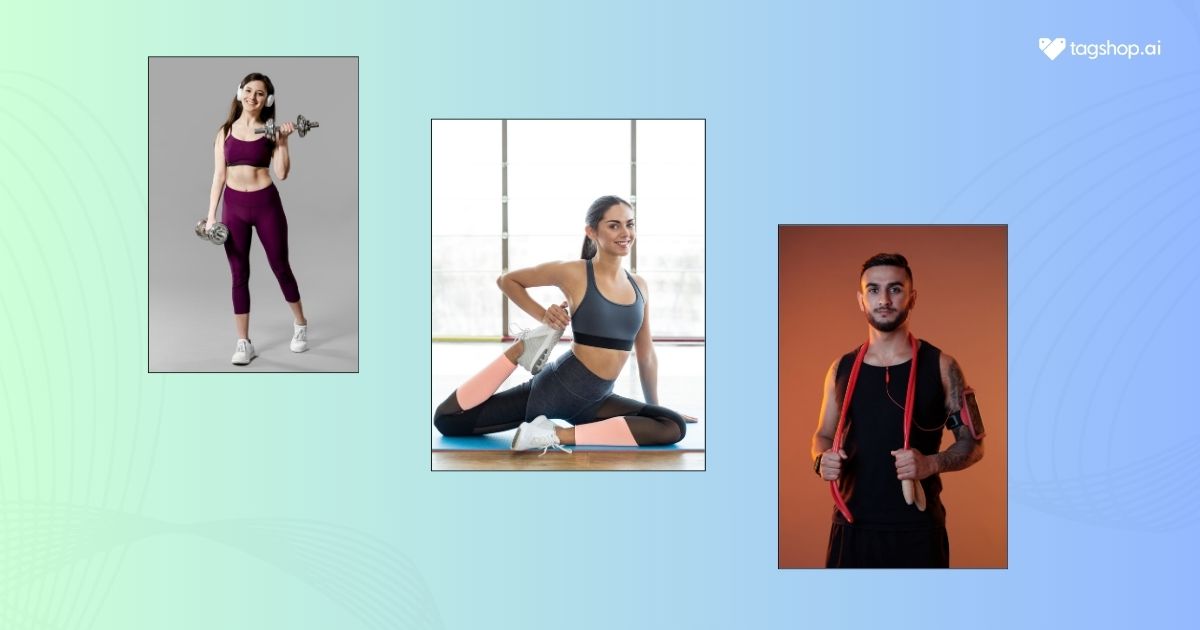Ever feel like your ads are talking to a wall even after spending all of your budget? I have bought a great solution that delivers exceptional results with low content efforts and maximum ROI. Call it the AI Avatar Generator, call it magic! They definitely don’t charge agency rates and are better than UGC creators.
Yet many of the marketers still question their potential and are unable to excel in their paid ad campaigns. If you are also on the same side, then read this blog to understand how AI avatars can be used in paid ads to drive audience attention.
Why Use AI Avatars in Paid Ads?
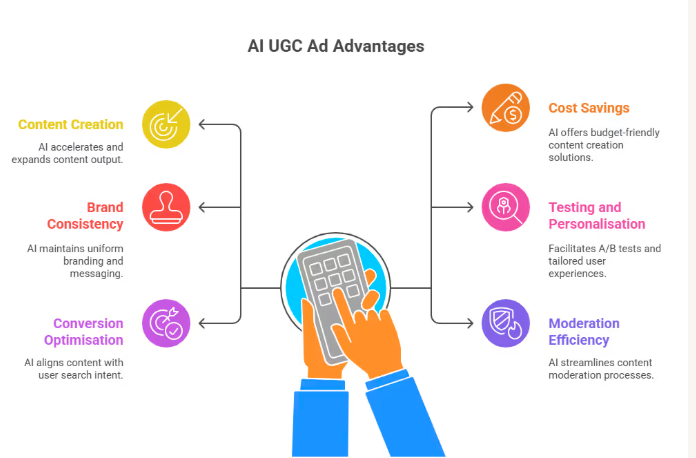
Here’s why you should use AI avatars in your paid ad campaigns:
1. Faster Ad Production
AI avatar tools can write AI scripts, edit videos, and create AI videos from URL. All these factors contribute to faster ad production suitable for various use cases, like social media, ad campaigns, website videos, and more.
2. Easy A/B Testing
Bulk content creation means more content, which you can test frequently to understand which one delivers better outcomes. This fast content delivery even ensures that your campaigns run on time without any delays and constant creator backoffs.
3. Multilingual Support
You don’t need to find different language creators to scale your content. These AI avatar tools provide multilingual support, which means you can create videos for your campaigns hassle-free. This will further help you extend your global reach without any extra effort.
4. Cross-Platform Flexibility
AI avatar creation tools provide multi-platform flexibility, which means you can create videos for multiple platforms like Facebook, Instagram, YouTube, TikTok, and more. With these, many of the tools make it easy to manage the campaigns in an all-in-one dashboard and provide you with more flexibility.

Popular Use Cases of AI Avatars in Paid Advertising
Here are the popular use cases of AI avatars in paid advertising:
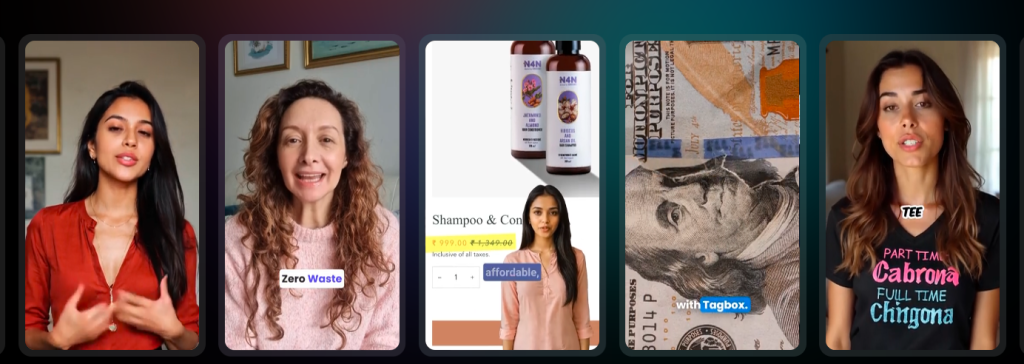
1. Product Explainer Ads
Product explainer ads use AI avatars to present the product demos, highlight its features, and explain the product in detail. All these product messaging looks, feels, and is presented in a format just like real humans. This makes it easy for brands to establish trust and build a connection with their target audience. Additionally, these avatars deliver complex information in a much engaging format as compared to static ads.
2. Testimonial-Style Video Ads
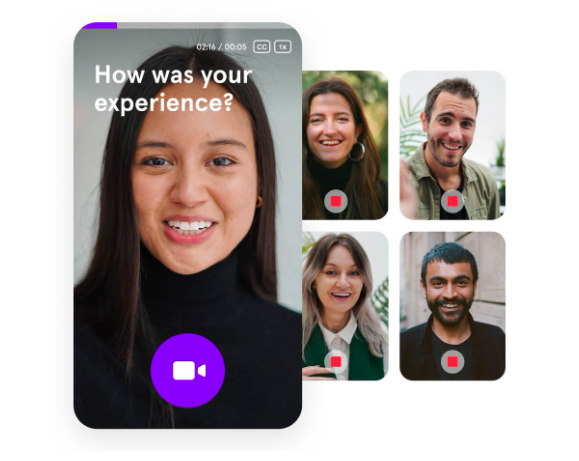
Testimonial-style video ads enable AI avatars to mimic or recreate real human stories, thereby building that level of credibility. These types of ads analyze the real human testimonials and provide feedback and summaries in such a way that instantly builds trust while maintaining consistency.
3. Problem–Solution Ads
Problem-Solution ads hook viewers using AI avatars with a relatable problem that the target audience faces, which a brand solves. These ads give a step-by-step solution to the problem and help connect users emotionally while driving conversions.
4. Limited-Time Offer/Promo Videos
You can use AI avatars to announce your brand’s latest offers and promo videos. Create an engaging and dynamic video script to hook your audience and drive conversions. Adjust the tone, formats, and scripts accordingly to maintain urgency and drive better results.
5. Multi-language Ads
Advertisers are now using a single script in multiple languages with different voices in order to extend their reach globally. This level of personalization helps brands reach a worldwide audience and establish trust and authenticity.
Best Practices for Using AI Avatars in Paid Ads
Here are the best practices for using AI avatars in your paid ad campaigns:
1. Use UGC-style Hooks
Getting started with AI UGC ads is one of the most recommended ways to grab attention. Use UGC style hooks and scripts that are trending, making the ad feel genuine and authentic. For example, start your script with, ‘ You won’t believe what this magical tube did…’ This builds curiosity and connects your audience, which results in higher conversion rates and engagement.
Moreover, a good hook does more than hold attention; it makes your content feel more conversational. Some of the examples of the UGC style hook include humor, product holding by an AI avatar, honest truth hooks, B-rolls, etc.
2. Keep It Short and Native to the Platform
The most effective AI UGC ad is 15 – 30 seconds in length and is native to the platform. As the human attention span is decreasing day by day, it is important to make sure that they don’t lose interest in the video. That’s why setting clear and concise messaging is important without any extra clutter in the script and the video. TikTok and Instagram support vertical format, while Facebook supports square, and YouTube supports landscape. Optimizing both these factors ensures better retention and interaction.
3. Choose the Right Avatar Style and Tone
The AI avatar that you are using in your paid ads should belong to you. The messaging, clothing, tone, expression, and style should match your brand’s content. A pro tip is matching the avatar style to your demographics, ethnicity, and age.
This ensures deeper engagement, making your avatar look sleek and professional. At the same time, avoid unrealistic and robotic avatars with uncanny visuals to offer a rich experience, striking a perfect balance between human content and avatars.
4. Write Conversational Scripts
Writing conversational scripts with perfect lip sync is a must to grab the audience’s attention. Ensure that you check out your fellow competitors, what type of scripts and hooks they are using, and create your script accordingly. Give multiple prompts to the AI video editor in order to get the best version of your AI UGC ad campaign for maximum output.
5. Add Captions and CTAs
Adding captions and CTAs is the most important part of paid ad campaigns, especially for silent viewers. This even ensures that your message reaches everyone regardless of the audio. Additionally, a strong CTA such as ‘Shop Now’ or ‘Check Here’ urges the target audience to take the desired action and drive better results.
6. Use Branding Subtly
Maintain a UGC style feel of your ad by including aesthetic backgrounds, brand logos, genuine product visuals, and more. This keeps the video feeling more organic and less polished, maintaining UGC like levels. All this will help brands build trust while still delivering scalable results.

Common Mistakes to Avoid
These are some of the common mistakes to avoid while using AI avatars in paid ads:
1. Using Robotic Scripts
Merely copying the scripting given by the AI scriptwriter won’t work wonders. You have to work mindfully to create conversational scripts rather than robotic ones. Generic scripts fail in grabbing the attention of the audience and connecting with them. So, ensure that you avoid putting blind faith in the AI tool and try different prompts to get that perfect script resonating with your brand and audience.
2. Wrong Avatar Selection
Just as with scripts, you can also select the wrong avatar to deliver your right messaging. The avatar might not be realistic, or it may not go with your brand style or audience demographics. For example, your target audience might be young, and you are placing a simple avatar in front of them.
This might make them feel that they don’t want to watch your content, even when your hook is strong. So, ensure that you research well and choose the proper avatar that aligns with your brand.
3. Skipping Subtitles
Adding transcriptions and subtitles is a must in order to reach a greater audience. Many of the advertisers skip using subtitles in their ad videos and fail to recognize their importance. As per the data, 69% of consumers prefer watching videos without sound. Adding subtitles is essential for your marketing goals as it boosts visibility and ensures that the ad’s message is accessible to all.
4. Platform Adaption
You create a single video for your ad campaign and run it all over your social media channels without optimizing the video format. This is the biggest mistake that most marketers make, which hampers their brand’s engagement. Ensure that you properly resize and optimize the video so that it natively adapts to every social media network seamlessly.
How Tagshop Can Help You Create AI Avatar Ads?
Content creation using AI avatars is the future of marketing and is changing the way brands used to connect with their customers. That’s why it is important to know some of the best tools in the market that can help you create your own AI twin.
We recommend using Tagshop AI, as this power-packed AI video creation tool is all you need to get started. With the help of just a URL, you can create a full video featuring lifelike AI avatars and scripts.
- Log in to Tagshop AI
- Paste the product URL in the relevant section.
- Write script with AI or write your own.
- Choose from different avatars, voices, languages, and more.
- Enter, and your video will be ready in a few minutes.
- You can edit the video and the script later.
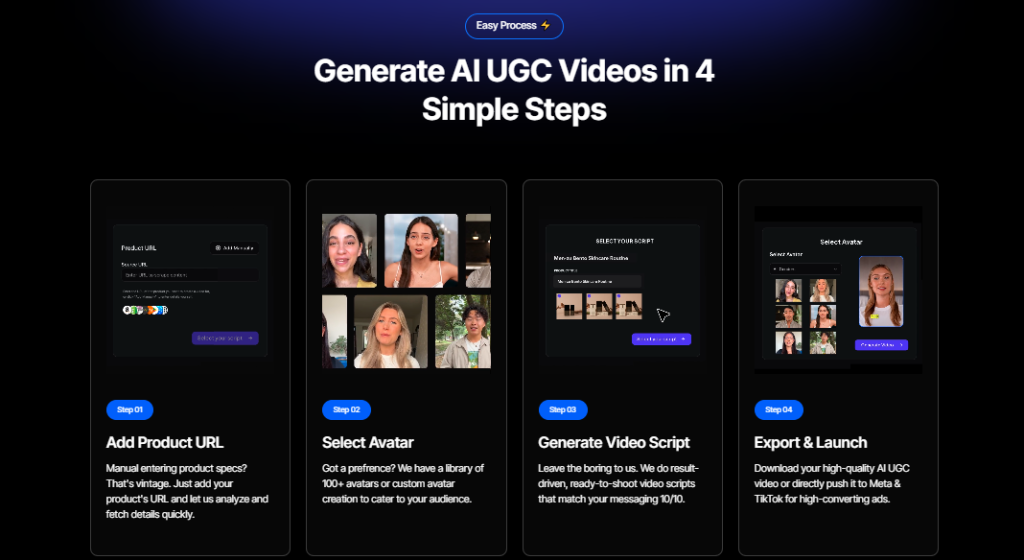
With these simple steps, you can easily generate AI avatar videos for your paid ads. Not only this, Tagshop AI offers several jaw-dropping features that you cannot miss. So check below all of them:
- URL to video generation
- Hyper-realistic AI avatars
- Batch content creation
- AI video editor
- AI scriptwriter
- Product holding by an AI avatar
- Campaign management
- Advanced lip syncing

Conclusion
Now that you know the best ways of using AI avatars in your paid ads, it’s time to implement them. These AI avatars will not only help in scaling your content but also help you give a global reach with multilingual support. Not only this, you can easily A/B test, add different CTA’s, try unique hooks, and do a lot more.
We recommend that you use Tagshop AI, as the tool serves all your requirements and features. The best part? The tool is so affordable that it is less than the cost that a creator charges. Try it yourself and see the magic that Tagshop AI brings to your brand.



